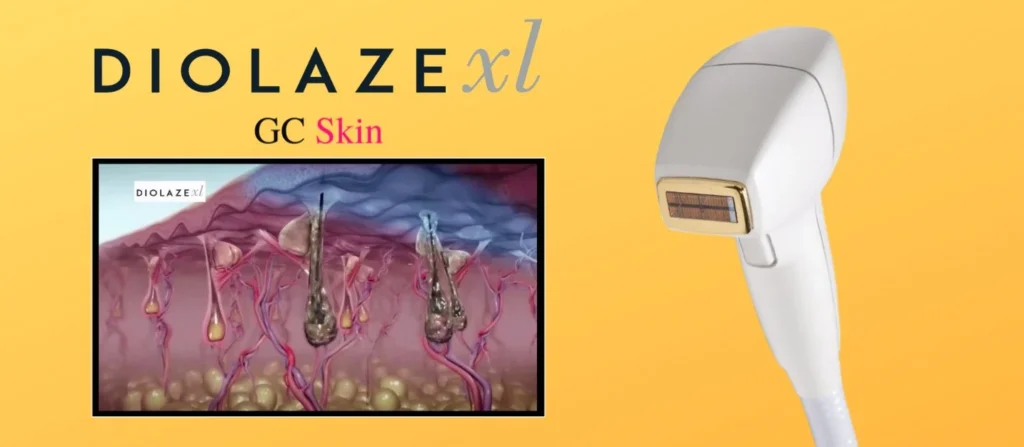Currently, laser hair removal is the most popular and effective method for achieving permanent or semi-permanent reduction of unwanted hair. Compared to electrolysis, it is 60 times more effective, less painful, and requires fewer sessions. The mechanism of action for laser hair removal relies on selective photothermolysis, which was first conceptualized by Anderson and Parrish in 1983. This principle involves selecting a wavelength that is preferentially absorbed by melanin in the hair follicle and delivering it at an appropriate fluence and pulse duration to destroy the target tissue without damaging surrounding tissues.
To maximize damage to the melanin chromophore, light sources are chosen based on their ability to penetrate the dermis to the hair follicle, where melanin is present, and using a pulse duration that is shorter than or equal to the thermal relaxation time. Permanent hair removal requires damage to the follicular stem cells in the bulge region of the hair follicle, while temporary hair loss is achieved by damaging the follicle in a way that induces catagen. The ideal pulse duration for laser hair removal is between 10 to 50 milliseconds.
Spot size is another variable that can be adjusted in laser hair removal. Larger spot sizes allow for less scatter as the laser interacts with the tissue and can penetrate more deeply, improving efficacy by targeting terminal hair follicles located deep in the dermis and subcutis. However, hair shafts lacking melanin respond poorly to laser hair removal, making this technique inappropriate for blond or white hair.
The best candidates for laser hair removal are dark-haired, fair-skinned patients. It can be performed on tan or darkly pigmented skin but with an increased risk of postinflammatory hyperpigmentation or hypopigmentation. Multiple sessions are necessary to achieve successful outcomes, and even after many treatments, an area will continue to grow at least some hair.
The best results with long-term laser hair removal have been shown to correlate with the amount of eumelanin pigment in the hair follicle. To improve results in fair-haired individuals, additional exogenous chromophores, such as dyes, photosensitizers, and carbon particles, have been used. Liposome technology has also been studied for delivering melanin to the hair follicle and shaft, but the results have been mixed.
Schedule your appointment now (818) 458-9556.









